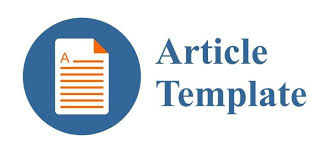GRAPHIC DATA TRAINING IN PYTHON
Feruza Kuldasheva
Teacher of Informatics at TSUE 1st Academic Lyceum
##semicolon## Graphic Data, Python##common.commaListSeparator## Data Training, Visualization,##common.commaListSeparator## Machine Learning, Neural Networks, TensorFlow##common.commaListSeparator## Matplotlib, Seaborn, Computer Vision
सार
This research paper explores the methodologies and tools available in Python for graphic data training, focusing on the efficient handling, visualization, and modeling of large datasets. Python’s rich ecosystem of libraries such as Matplotlib, Seaborn, Plotly, and TensorFlow allows data scientists and developers to build sophisticated models that can extract meaningful insights from complex data. The paper discusses various techniques for training machine learning models using graphic data, including data preprocessing, feature extraction, and the application of neural networks. The results demonstrate the effectiveness of Python in handling graphic data and its applicability in various domains such as image recognition, computer vision, and data science.
##submission.citations##
Hamroyev A.I. Python programming language teaching methodology and its importance today. - 2024.
Géron, A. (2019). Hands-On Machine Learning with Scikit-Learn, Keras, and TensorFlow. O'Reilly Media.
Chollet F. (2017). Deep Learning with Python. Manning Publications.
McKinney W. (2017). Python for Data Analysis: Data Wrangling with Pandas, NumPy, and IPython. O'Reilly Media.
Hunter J.D. (2007). Matplotlib: A 2D Graphics Environment. Computing in Science & Engineering, 9(3), 90-95.
Waskom M. (2021). Seaborn: Statistical Data Visualization. Journal of Open Source Software, 6(60), 3021.
Abadi M. et al. (2016). TensorFlow: A System for Large-Scale Machine Learning. OSDI, 16, 265-283.
Van Rossum G., Drake F. (2009). Python 3 Reference Manual. CreateSpace.






